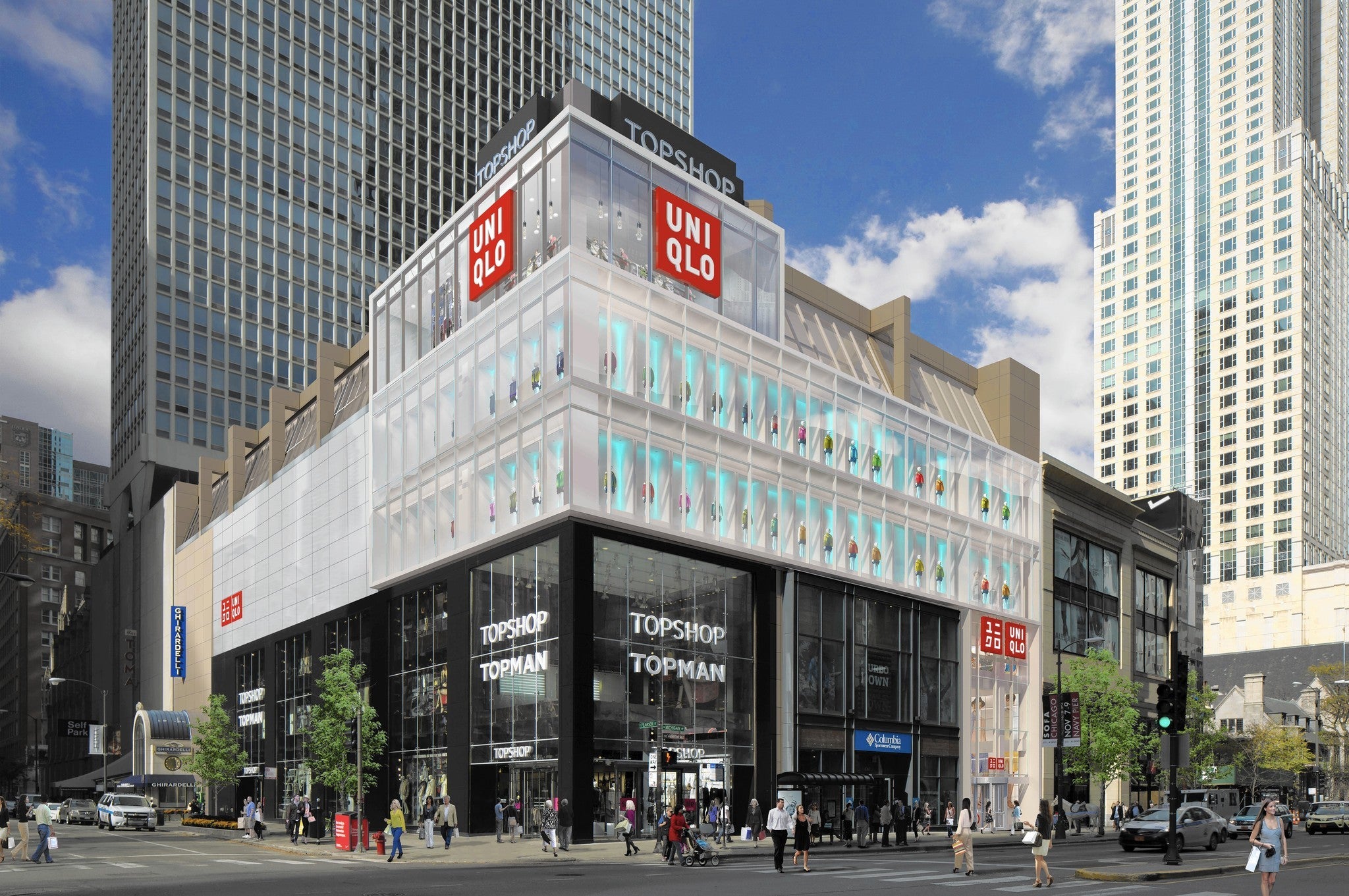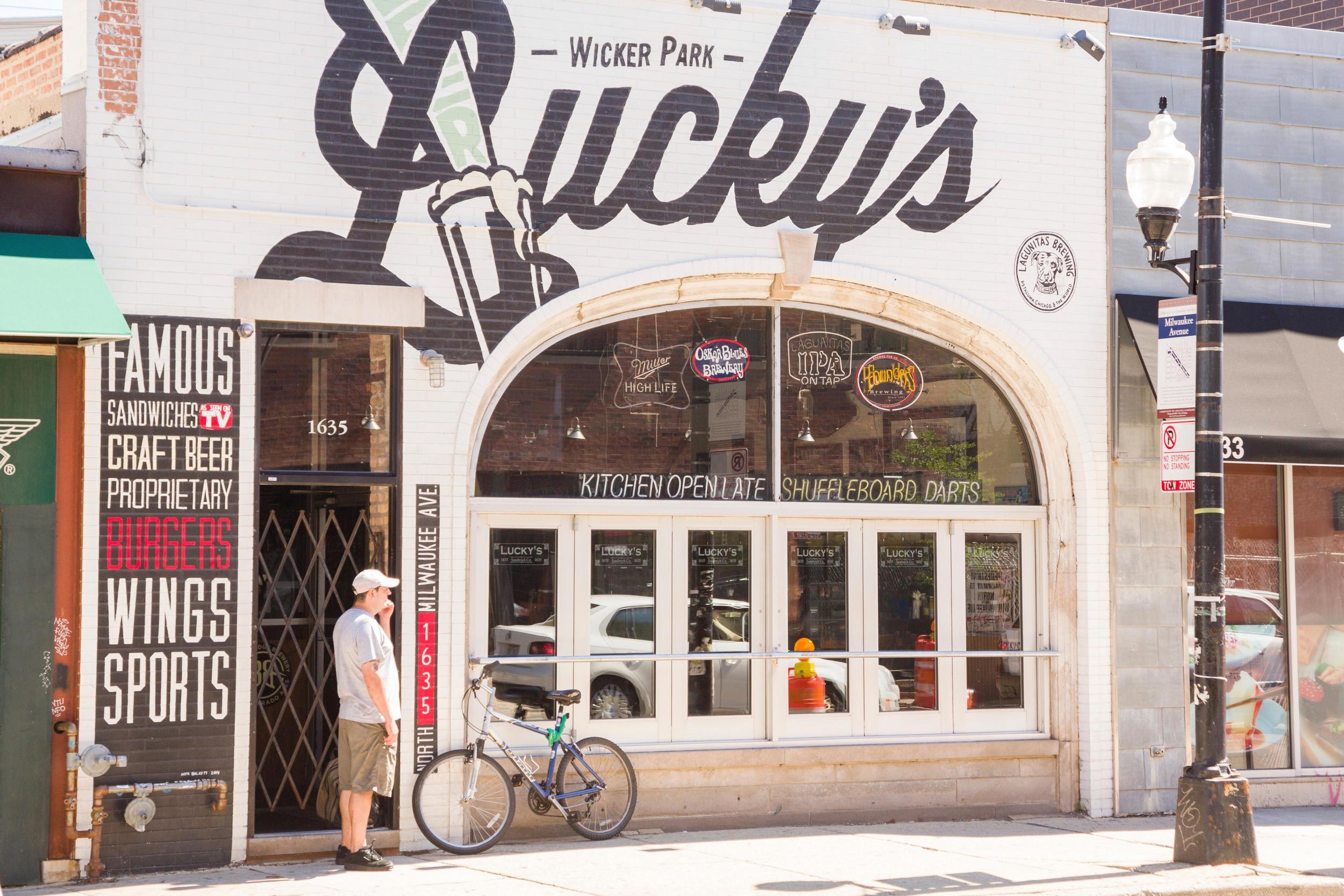Why the Windy City is going down a storm
In association with Hilton Garden Inn

Packed with glossy skyscrapers, including the 108-story Willis Tower and the 908ft Trump International Hotel & Tower, Chicago’s magnificent skyline is one of the world’s tallest. Yet while the city may be blessed with glossy steel architecture, it seduces on the ground, too.
It followed New York’s lead in June when it opened the Bloomingdale Trail, Chicago’s equivalent to the Big Apple’s elevated park, the High Line. At 2.7 miles, the new thoroughfare, which runs across four of the city’s neighbourhoods and is built on a former railway line, is nearly twice as long as its Manhattan counterpart. A vibrant new addition to the city, it gives Chicago residents a new way to explore the city by bike or foot. Chicago, which earned the nickname the “Windy City” thanks to blowhard local politicians and the big gusts coming off Lake Michigan, is a major tourist destination. Illinois’ biggest city attracted 50.17m visitors in 2014, up from its previous record of 48.48m, according to Choose Chicago, the city’s official marketing organisation. Most tourists in Chicago come from within the US, with the city attracting 48.7m domestic visitors in 2014, compared to 1.31m from overseas.
Besides being known for its vibrant foodie scene (and pizza), the Chicago Bulls basketball team and its very own style of blues music, Chicago is a strong business foothold, with the city named as one of the top 10 most competitive cities for business in a report from the Economist Intelligence Unit. Last year, the management consultancy A.T. Kearney ranked Chicago as seventh in a list of global cities for today and tomorrow. So what’s happening in Chicago when it comes to business?
According to World Business Chicago (WBC), a not-for-profit economic development corporation, the city, which has a diversified industry economy, is home to more than 400 major corporate headquarters. These include 31 Fortune 500 HQs and 300 corporate research and development facilities.
International companies such as British creative and technology company Omobono, which launched its first US office in Chicago in January this year, are swooping on the city.
“A huge number of Fortunelisted companies are based there – so when we decided to open an office in America, it had to be where the clients are and not Madison Avenue in New York,” says Omobono chief executive and founder, Ben Dansie. “There is one similarity with Cambridge, where our head office is: it’s flat for hundreds of miles around. There the similarity stops. Chicago is where the skyscraper was invented and it’s one of the most inspiring cities to walk around in. We do business on both coasts, so the fact that Chicago is in the middle definitely helps, and in reality it’s not that far from London – we’d been there and back in a day before we opened a permanent office. Mad as it sounds.”
A year in, Dansie says that business in Chicago is proving to be successful. “We absolutely love doing business there. Midwesterners are a delightful bunch – fair, enthusiastic and hardworking.”

The biggest employer in the Chicago metropolitan area is Advocate Health Care, which has 22,000 employees, followed by JP Morgan Chase & Co, with 11,497 staff, and the University of Chicago with 11,400. Pharmacy retail chain Walgreens also has its headquarters in the city and employs 9,484 people. The city’s employment rate increased by an estimated 3,324 jobs in September compared to the same month the year before, according to WBC.
The city’s employment sector – and fashion fans – received a boost in October when the Japanese fashion retailer Uniqlo opened its first store in the city, with a 60,000 sq ft shop on Michigan Avenue, near Water Tower Place. The new store, which also houses a Starbucks branch, is the retailer’s second largest US store after its New York flagship on Fifth Avenue.
Chicago is often a top destination for international retailers wanting to expand to the US. When Sir Philip Green wanted to take his Arcadia empire across the pond, Chicago was the second choice of city after New York for his Topshop brand.
Culturally, too, there’s more to come for Chicago. In 2017, the city will become home to the first national museum celebrating US writers. The American Writers Museum will feature the personal stories and literary works of writers from Mark Twain to Dr. Seuss, and is expected to draw up to 120,000 visitors annually.
Join our commenting forum
Join thought-provoking conversations, follow other Independent readers and see their replies
Comments